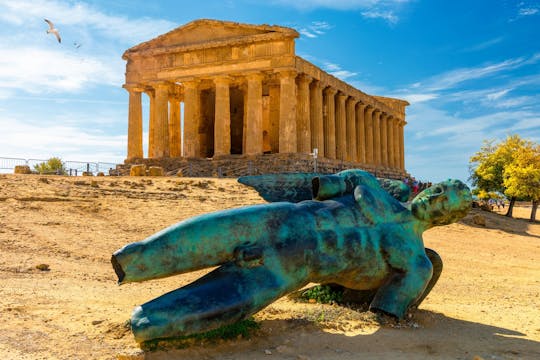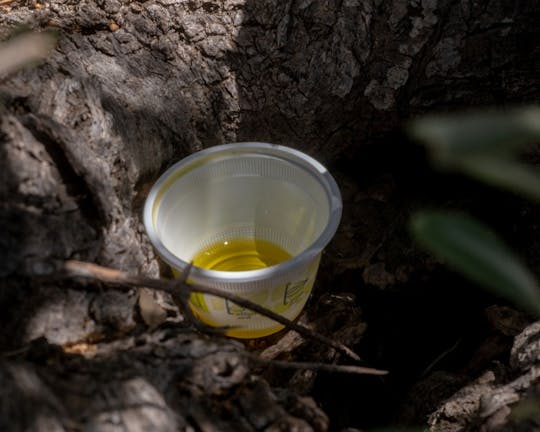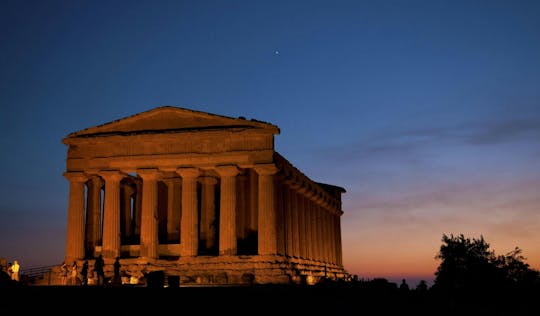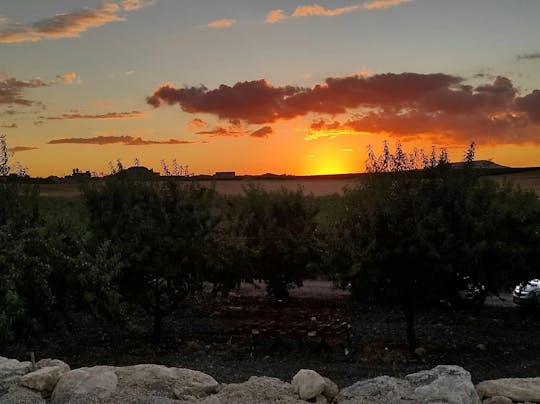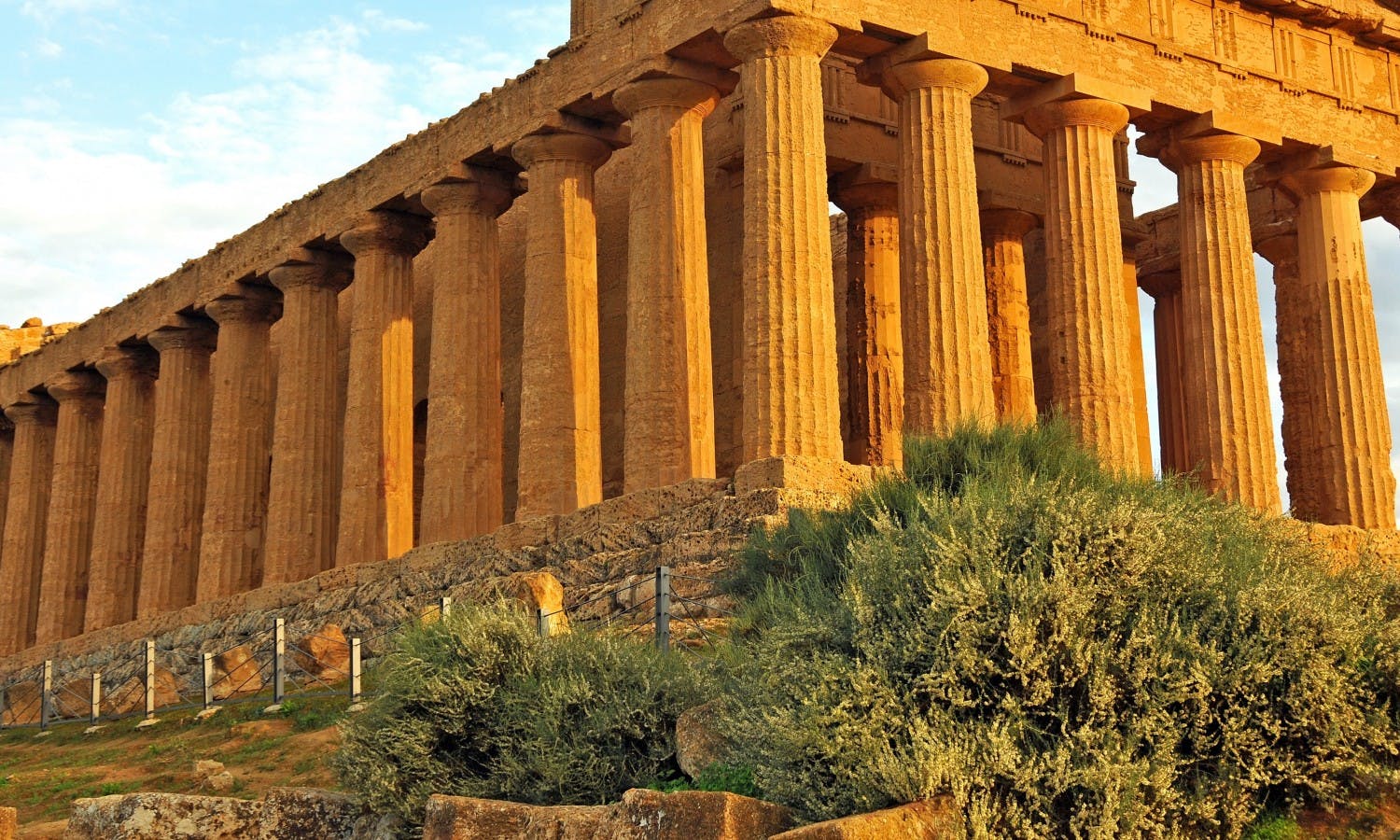
Valley of the Temples tickets and tours

Valley of the Temples skip-the-line guided tour in Agrigento
Visit the Valley of the Temples Archaeological Park in Agrigento and admire outstanding examples of Greater Greece art and architecture.
en, it
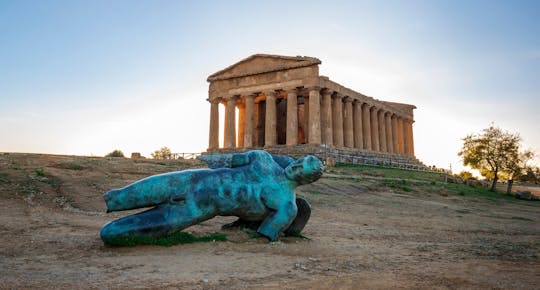
Sicily's Valley of the Temples private guided tour
Enjoy a private tour of the magnificent Valley of the Temples in Agrigento: follow your local guide while you explore this fascinating ancient site!
en, it, fr, es, de

Evening tour of the Valley of the Temples with ticket
Embark on an evening tour of the Valley of the Temples. Explore ancient history with a local expert and experience the timeless beauty of illuminated ruins.
en, it
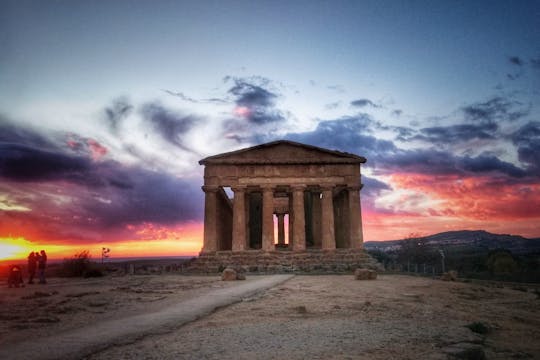
Sunset tour of Valley of the Temples and local winery
Explore Agrigento's Valley of the Temples at sunset, followed by a moonlit stroll through Sicilian vineyards. End with a starlit wine tasting session.
en, it
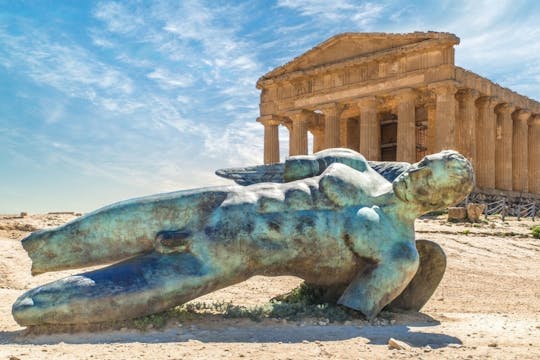
Valley of the Temples tour and tasting of local wines
Explore Agrigento's Valley of the Temples and savour Sicilian cuisine on this guided tour. Book now for an unforgettable cultural and culinary journey.
en, it
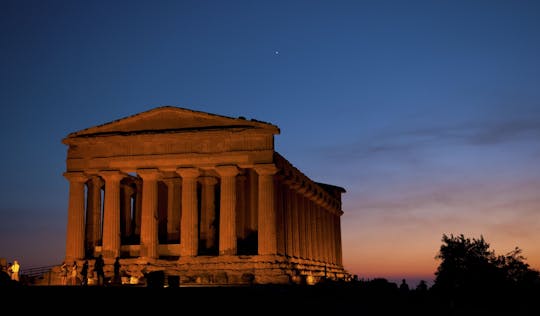
Valley of the Temples sunset guided tour with skip-the-line ticket
Discover the history of five temples, admire the grandeur of this historic site, be enchanted by the sunset atmosphere, with golden rays enhancing the beauty.
en, it
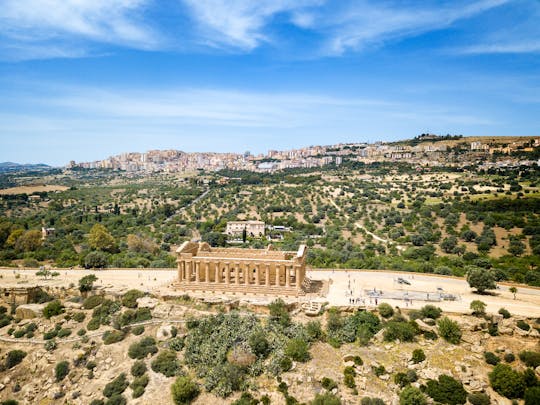
Private tour of the Valley of the Temples and Kolymbethra in Sicily
Admire the magnificent Doric temples of the sacred hill. Enter the luscious garden of the Kolymbetra, a real historic and botanical gem.
en, it, fr, es, de
You might also like
The inside story
In Sicily enjoy a cultural and naturalistic adventure in the Valley of the Temples, declared an UNESCO World Heritage site since 1997. View one of the world’s most alluring archaeological parks misleadingly called “Valley,” featuring Greek temples perched upon ridge tops. Arrive to Agrigento, the closest city located 2 miles away, by sea to see the ancient ruins with the hilltop-city backdrop, creating one of Europe’s unmissable vistas.
This large archaeological area encompasses over 3,000 acres filled with 8 temples in Doric style, a medieval necropolis, sanctuaries, tombs and an Olympian field. The city, supposedly founded in 582 BC, became prosperous and was one of the most important and culturally-advanced Greek cities in the Mediterranean. Bring your walking shoes and set aside at least three hours to explore both sections of the park divided into the Eastern and Western zones.

